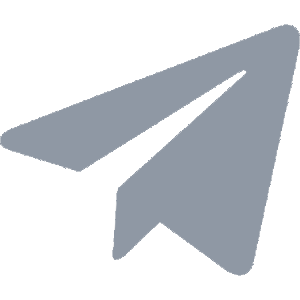
Why Decentralization Matters in AI and Robotics
Let’s look at what’s happening.
Right
now, Tesla is training its Optimus robot to take on
factory work, Figure AI is building humanoid robots
for repetitive labor, and Unitree is producing agile
robots for security with their quadrupeds patrolling
sites in Asia.
These machines are
already working in motion and they’re scaling fast.
Brett Adcock, Founder and CEO of Figure AI says,
“My
belief is that humanoid robotics will not only build
the biggest business we’ve ever seen by many, many
multiples, but it’s going to be the biggest product
launch ever had. You’re basically building synthetic
humans, better — going out and just doing human-like
work.”
The only problem is that most of
these machines are owned by private firms with
limited public benefit. The technology is
centralized. The goal with
Decentralized Physical AI (DePAI) exists to change that by creating open access,
shared control, and broader participation.
By
decentralizing the ownership and governance of
physical AI systems, DePAI ensures that:
-
Communities, not corporations, can co-own and benefit from robots.
-
Data gathered by machines in the real world is shared, not siloed.
-
Decision-making is transparent, inclusive, and token-governed.
How DePAI Depends on Open Data
For any machine to work in the real world such as
move through a city, adjust to a warehouse layout,
or respond to changing conditions it needs access to
real-time information from its surroundings. Without
it, even the most advanced robot is guessing.
That’s
the part most conversations leave out. The machine
might be autonomous, but it doesn’t operate in
isolation. It relies on signals from the outside
world. A robot doesn’t have time to wait for a
centralized server to hand it a response, it needs
to read its environment directly and trust the
signal.
Decentralized Physical Infrastructure Networks
(DePINs)
like MapMetrics, Silencio, and others are already
collecting and publishing this data into public
systems. Their data powers navigation, diagnostics,
environmental monitoring, and more. Instead of being
stored in private clouds, it’s made available across
distributed networks where anyone, including
autonomous machines, can use it.
The Building Blocks of DePAI
For DePAI to work, it needs more than just machines.
It needs the right mix of tools, networks, and
systems behind the scenes. These are the layers that
make decentralized physical AI possible.
It
starts with the physical machines.
These are the robots, drones, and autonomous
vehicles. They’re the visible part of DePAI but on
their own, they’re just hardware.
Inside
each machine is software. This
includes AI models designed to act on their own,
without waiting for direct instructions. This kind
of intelligence responds to commands, adjusts to new
conditions, and make decisions in real time.
However,
machines can’t do much without
data. They need to understand the
world around them. DePAI relies on decentralized
networks to provide the real-world information these
machines need using data gathered and shared across
open networks.
They also need a way to
earn. With on-chain identities and
wallets, these machines can get paid for the work
they do. They can transact with other systems. They
can pay for their own maintenance, access services,
or even fund upgrades.
None of this works
without governance. Someone still
has to decide how these machines are used, who
benefits from them, and how value is distributed.
That’s what DAOs like OPTIMUS handle. They allow
people to co-own physical AI, vote on what gets
built or funded, and earn a share of the value those
machines create.
That’s it. Machines,
intelligence, data, transactions and governance.
Put it all together, and you get DePAI.






